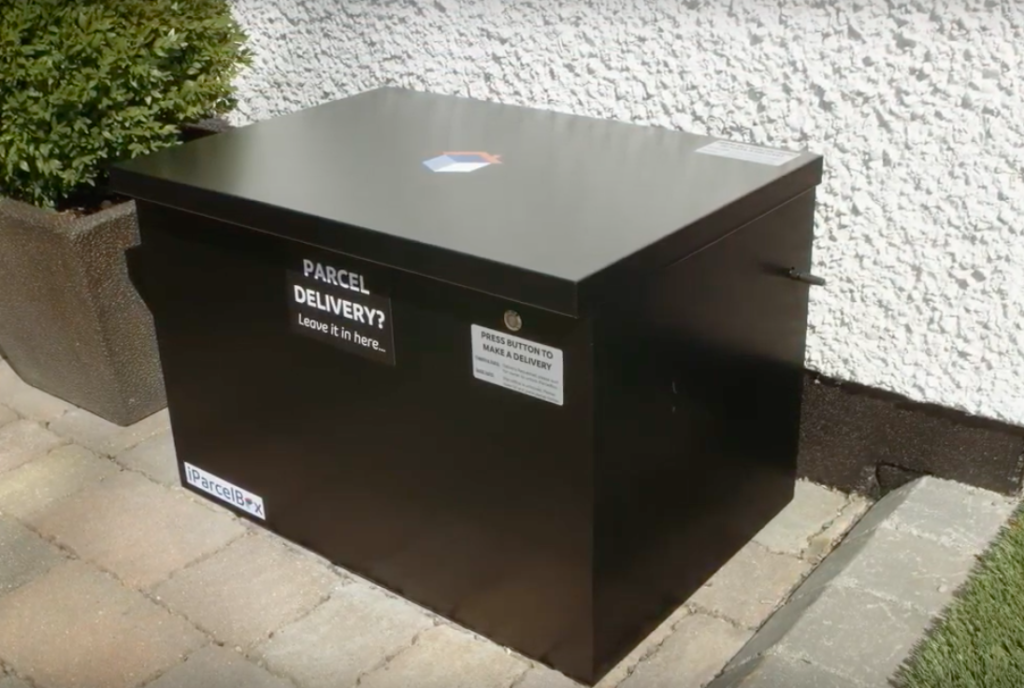Modern-day consumers no longer have to spend a cold Sunday afternoon in December scouring their local high street for obscure or already sold-out Christmas gifts. Online shopping has been a huge benefit in terms of convenience for full-time workers and last-minute Christmas shoppers, so much so that a majority of modern-day consumers have become dependent on instant, often one-day, delivery. This has grown to the point where missed and delayed deliveries has led to outraged customers – many of whom may have missed a day of work to wait for an important parcel, or arrived home to find their post ruined by rainwater, having been left out on a doorstep.
Unfortunately, instances like these are occurring more frequently, in part because the rise in demand for online shopping has hugely outgrown the resources of local postmen and nationwide couriers over the past decade.
In fact, our recent polling found that almost two-thirds of British workers plan on doing most of their Christmas shopping online. Similarly, a recent survey from Which? found that more than half of online shoppers experienced at least one delivery problem last Christmas, with this figure only set to increase for this year, as demand has reached an all-time high.
Interestingly, this survey found that the most common complaint last year was orders arriving too early, meaning people were not at home to collect them. On the other hand, around one-quarter of complaints were because orders did not arrive at all. Other problems included deliveries being left in the rain for days and a woman who found a parcel in her toilet after it was pushed through a window.
So, what is the solution in an age where online shopping demand is set to continue its skyward trajectory, as post offices and couriers struggle to maintain a consistent service?
Part of the solution lies with the consumers themselves. Another issue is the new consumer homeware technology that has emerged in the past year. A smart parcel delivery solution quite simply holds parcels and mail in a locked ‘safe’, which can be controlled remotely by the owner. With the iParcelBox, when the box is empty, the lid will open automatically – however, when there is more than one delivery, the user can be notified via an app when the parcel has arrived, and can unlock the box with a click of a button.
This solution, if implemented on a mainstream scale, would effectively solve all of the issues associated with modern day online deliveries – parcels would be protected from the weather, an early or late arrival would not result in a trip to the post office, and there would be much less demand on post couriers, who often have to make multiple trips before a parcel is successfully delivered.
What’s more, this solution is universal to all couriers. As long as the parcel-in-question is not furniture-sized, then no delivery service should have an issue in utilizing a smart parcel delivery solution, assuming it is quick, easy and simple for the courier to operate.
Recently, we have seen a huge amount of focus in the logistics industry, on the rise of central pick-up drop-off (PUDO) collection lockers, and many logistics firms are championing their use along with a claim that they reduce the carbon impact associated with missed deliveries. However, the reality is that customer collections from PUDOs usually involved a personal vehicle journey – while they reduce the overall CO2 impact when compared with two failed deliveries plus a customer collection from a main depot, they still consume significantly more energy than a single successful secure delivery to a customer’s home using a dedicated delivery vehicle which is undertaking a planned route (particularly when these increasingly use battery power).
Therefore, smart parcel consumer delivery solutions are the next logical step in the development of online shopping. It only makes sense that we get there sooner rather than later, and effectively solve the delivery service inconsistencies that are bound to grow worse.


